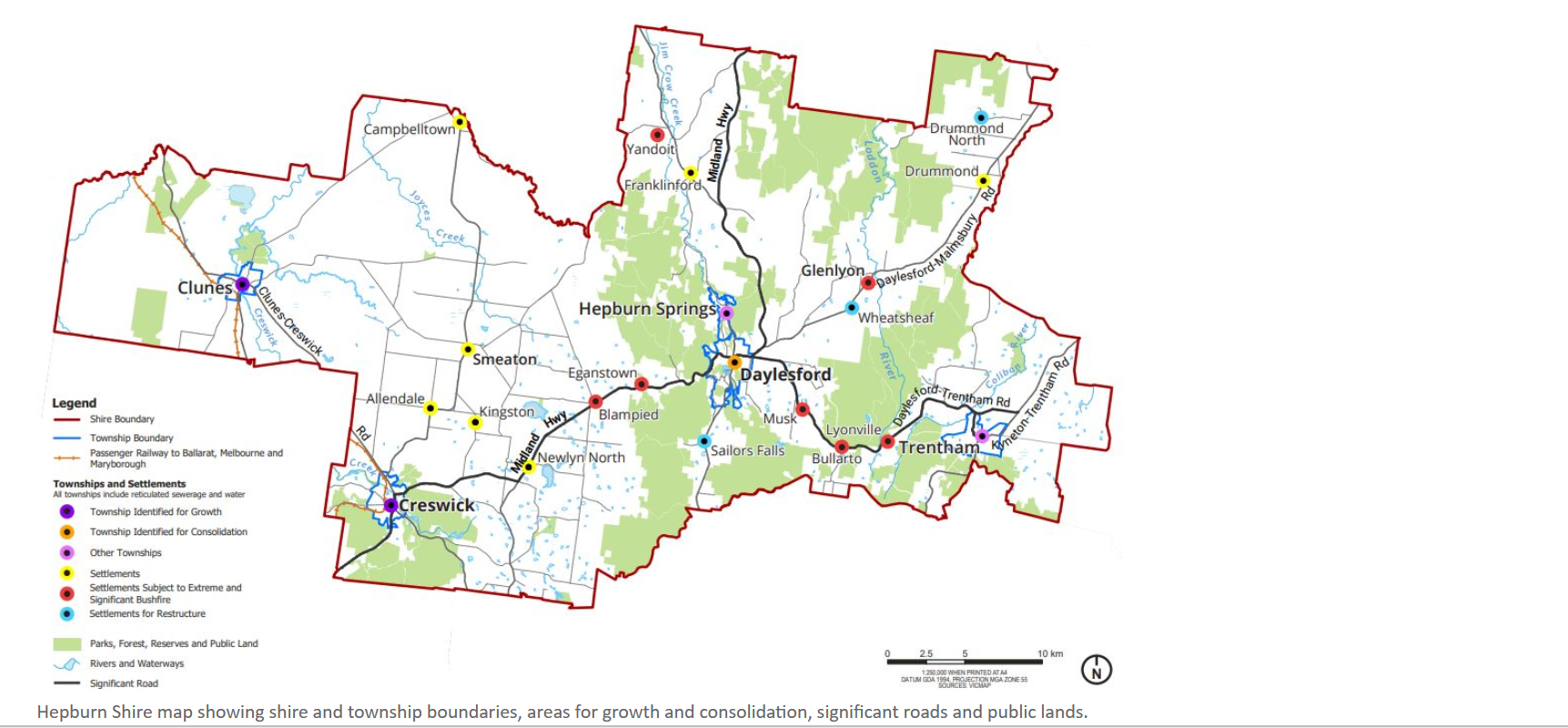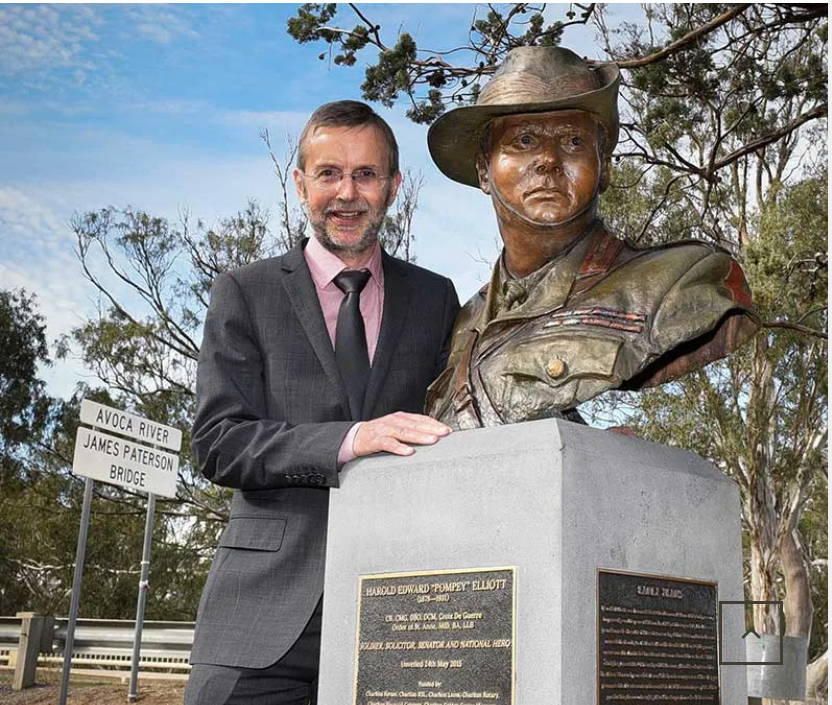June 18th, 2024Climate concerns: Trends in Australian snow

As the 2024 snow season gets started, concerns about historical trends and future projections are raising issues for alpine risk management.
Many are wondering whether it will be a good year for skiing. In 2023, we had a poor snow season due to unusually warm and dry weather from June to September (PDF, 4.81MB).
We delve into the recent trends and projections for the Australian alpine regions, exploring the impact of climate change on snow depths, and potential impacts for alpine ecosystems and resorts.
Let’s take a closer look at long-term variability and trends. Maximum snow depth data from 1954 to 2023 were analysed at three sites in the Snowy Mountains with high-quality records.
All three show there is large variability from year-to-year, with downward trends of about 0.4-0.6 cm per year over the past 70 years.
Projections for the alpine region over the coming decades indicate further increases in temperature and decreases in precipitation. A number of studies have shown this means further reductions in snowfall, snow cover and snow depths. Natural variability will provide yearly fluctuations, so there will still be variable snow seasons. But long-term projections show more bad snow seasons than good ones.
Several snow projections have been published for Australia. From 2011-2030, maximum snow depths in mainland Australia are projected to decline by 15-80 per cent at sites below 1600 metre (m) elevation and 5-50 per cent at sites above 1600m elevation. These projections are relative to a 20-year period centred on 1990 (1981-2000).
By 2050, in Victoria, maximum snow depths at Falls Creek and Mount Hotham may decline 30-70 per cent for a low emissions scenario (B1) and 45-90 per cent for a high emissions scenario (A1FI) relative to 20 years centred on 1990.
At the same time, maximum snow depths at Mount Buller and Mount Buffalo may decline 40-80 per cent for B1 and 50-100 per cent for A1FI. For a medium emissions scenario (A2), the snowpack may decrease 15 per cent by 2030 and 60 per cent by 2070, relative to a 20-year period centred on 2000.
By 2050, the average snow season becomes 20-55 days shorter for the low scenario and 30-80 days shorter for the high scenario (PDF, 5M).
Words: CSIRO










